Nature:新型发光蛋白让癌细胞肉眼可视
2013-05-06 新华社 新华社
日本大阪大学一个研究小组日前研发出一种可自主发光的蛋白,植入这种蛋白的癌细胞在实验鼠体内肉眼可见,这种发光蛋白未来或可应用到癌症的早期诊断中。 据日本《读卖新闻》网站12月14日报道,大阪大学教授永井健治领导的研究小组将一种水母的发光蛋白与荧光蛋白相结合,研发出一种可自主发出明亮光线的新型蛋白。将含有这种蛋白的癌细胞移植到实验鼠体内,观测其在暗箱中的运动情况,可肉眼辨认出明显发光的癌细胞。 绿
日本大阪大学一个研究小组日前研发出一种可自主发光的蛋白,植入这种蛋白的癌细胞在实验鼠体内肉眼可见,这种发光蛋白未来或可应用到癌症的早期诊断中。
据日本《读卖新闻》网站12月14日报道,大阪大学教授永井健治领导的研究小组将一种水母的发光蛋白与荧光蛋白相结合,研发出一种可自主发出明亮光线的新型蛋白。将含有这种蛋白的癌细胞移植到实验鼠体内,观测其在暗箱中的运动情况,可肉眼辨认出明显发光的癌细胞。
绿色荧光蛋白是当代生物学的重要“标识”工具,2008年,三名科学家因在发现和研究绿色荧光蛋白方面作出贡献而获得诺贝尔化学奖。不过此前的绿色荧光蛋白必须用紫外线照射才能发光,而这种新蛋白可自主发出亮光,有望在早期癌症诊断中发挥作用。相关论文已发表在《自然—通讯》杂志网络版上。
与癌细胞相关的拓展阅读:
- AJRCCM:Th9细胞对肺癌细胞有重要免疫调节作用
- JCI:miRNA编辑对癌细胞侵入力有重要影响
- H7N9:禽流感病毒可抗癌细胞
- Blood:黄芩主要成分能影响癌细胞增殖
- Hepatology:MicroRNA-10a参与肝癌细胞转移 更多信息请点击:有关癌细胞更多资讯
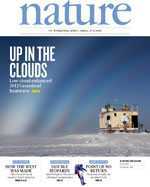
Luminescent proteins for high-speed single-cell and whole-body imaging.
Abstract
The use of fluorescent proteins has revolutionized our understanding of biological processes. However, the requirement for external illumination precludes their universal application to the study of biological processes in all tissues. Although light can be created by chemiluminescence, light emission from existing chemiluminescent probes is too weak to use this imaging modality in situations when fluorescence cannot be used. Here we report the development of the brightest luminescent protein to date, Nano-lantern, which is a chimera of enhanced Renilla luciferase and Venus, a fluorescent protein with high bioluminescence resonance energy transfer efficiency. Nano-lantern allows real-time imaging of intracellular structures in living cells with spatial resolution equivalent to fluorescence and sensitive tumour detection in freely moving unshaved mice. We also create functional indicators based on Nano-lantern that can image Ca(2+), cyclic adenosine monophosphate and adenosine 5'-triphosphate dynamics in environments where the use of fluorescent indicators is not feasible. These luminescent proteins allow visualization of biological phenomena at previously unseen single-cell, organ and whole-body level in animals and plants.
本网站所有内容来源注明为“梅斯医学”或“MedSci原创”的文字、图片和音视频资料,版权均属于梅斯医学所有。非经授权,任何媒体、网站或个人不得转载,授权转载时须注明来源为“梅斯医学”。其它来源的文章系转载文章,或“梅斯号”自媒体发布的文章,仅系出于传递更多信息之目的,本站仅负责审核内容合规,其内容不代表本站立场,本站不负责内容的准确性和版权。如果存在侵权、或不希望被转载的媒体或个人可与我们联系,我们将立即进行删除处理。
在此留言



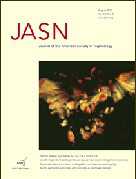
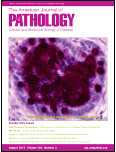
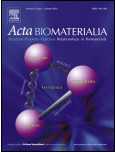
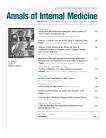
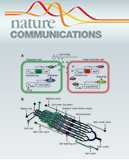





#Nat#
51
#癌细胞#
50